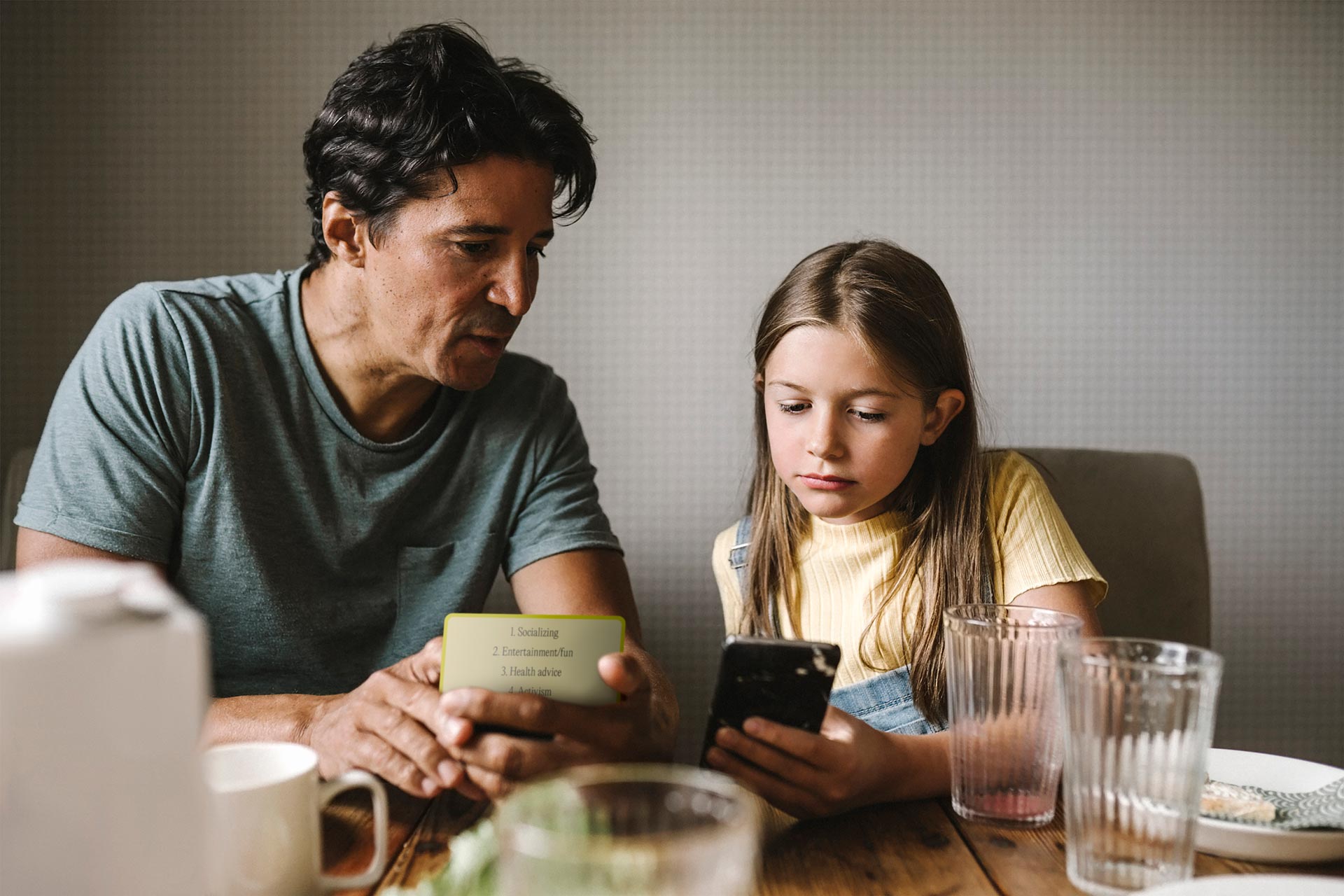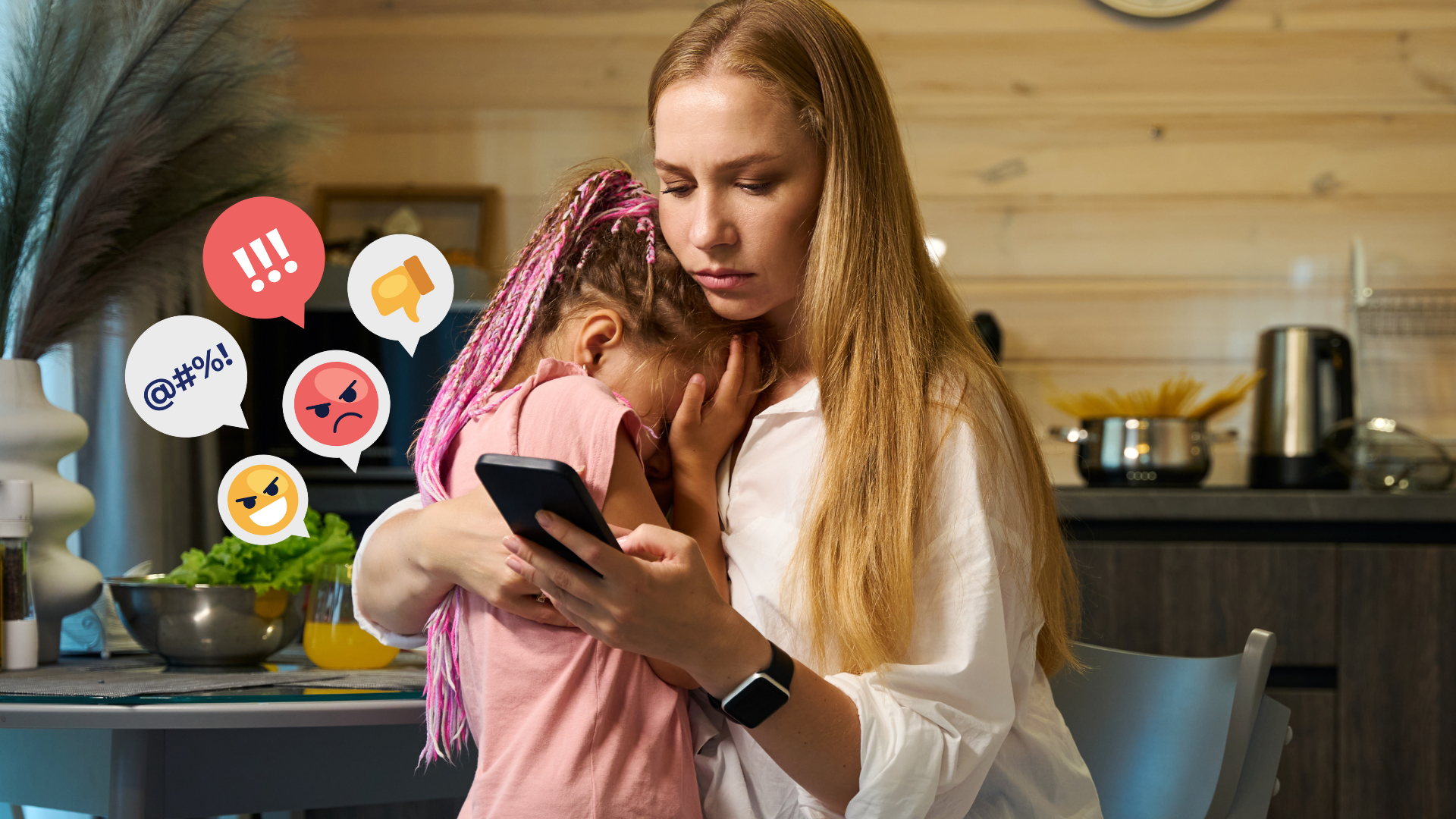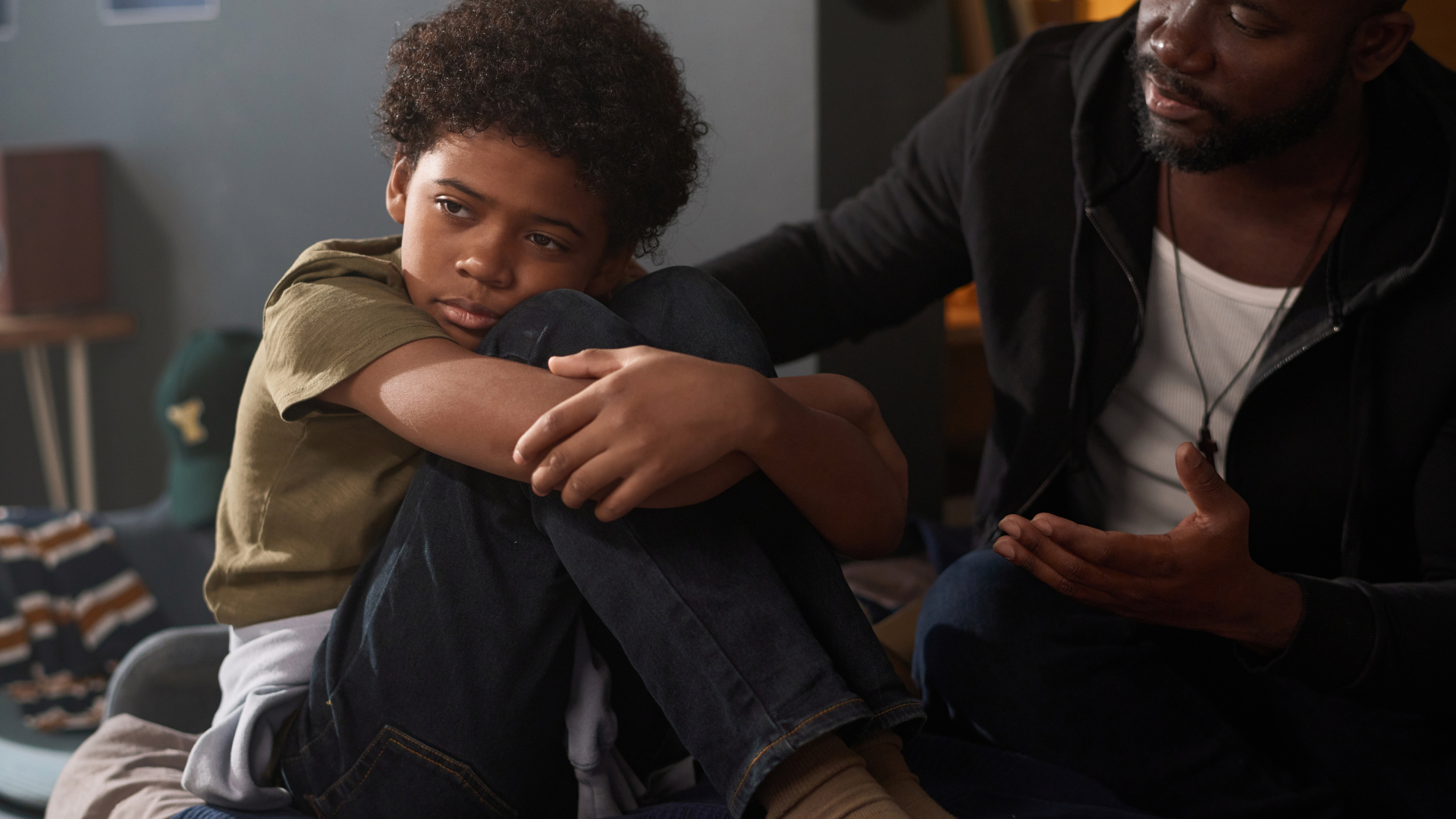Why do some kids bully others?
It may sound strange, but bullying can serve as a way to create a safe space and sense of community where people bond over targeting others. Bullying someone can give bullies a position in a group where they are not the ones risking being excluded, a position they wouldn’t have had otherwise.

Bullying doesn't only happen in schools. There is bullying wherever people meet, interact, and communicate, especially in groups. This means that when kids started using the digital space as a platform for communication and their social life, bullying followed
Rethinking the Question: Why do kids bully?
It’s nothing new that kids bully other kids. But how we understand and explain this phenomenon has changed greatly over the years. Once we believed that someone was bullied because of the way they looked or because something was different about them. We accepted that it was a natural consequence of behaving or looking different.
The reason for bullying was also believed to be found in the bully’s personality. The bully was seen as a mean child who found pleasure in hurting others simply because of their personality.
Bullying was the problem of the victim, and the solution was often found in either the victim changing themselves to fit in, or by punishing or removing the bully.

Even though this belief is still very prominent, today we know that bullying is a much more complex scenario. This new understanding of bullying influences the modern approach to how to deal with bullies. We now acknowledge that people are shaped by and act according to their circumstances and the situations they are a part of. This goes for both children and adults, but especially for children.
Group dynamics are often the root cause of bullying
It’s a human need closely linked to survival to be part of a group, to belong, and to be accepted. We will go to great lengths to secure our position in a group and not be excluded. Sometimes we resort to bullying to obtain this. Under the right circumstances, any child can risk being bullied or becoming a bully, even our own child. We must acknowledge that it can happen to anyone.
It doesn’t mean that the child who bullies is mean or bad. It means the group dynamics they are part of are unsafe or unhealthy. Instead of looking at the child, we should look at the dominant culture of their environment, including their online environment.
Common factors that lead children to bullying
Kids bully when they are part of a group where it doesn't feel safe to stand out or be themselves. This can show up as specific expectations of how to act and dress, and a low tolerance for diversity. Kids who don’t adhere to the narrow group conformity risk being excluded, made fun of, and so on.
Kids don’t bully because they are inherently mean or bad. Usually, it is because they are not thriving in some areas of their life, or simply because they are not aware that their actions are hurtful to others. Maybe they are part of unhealthy group dynamics where the only way to secure your position is by putting someone else down.
Bullying is a sign that kids are lacking the skills needed to handle the situation better. Kids stuck in these behavioral patterns need help from adults to turn the group dynamics around and create an inclusive and safe atmosphere.
Emotional struggles that drive bullying behavior
When kids use bullying as a coping mechanism, there can be many different reasons. Here are some of the reasons that could be why kids bully:

Issues with self-worth and insecurity:
Bullying is often the result of kids struggling with self-worth, feelings of insecurity in group settings, or a fear of being left out. It can also be that they are lacking social skills, are seeking attention, or trying to impress friends. These kids might need support to express their feelings, handle insecurities and social situations better, and in a way that doesn't involve making fun of someone else to gain status.
Unintended inconsiderate behavior:
Sometimes, bullying is not intended to hurt someone but is purely inconsiderate behavior or an awkward attempt to interact. In these cases, children don’t always realize the harm their words and actions can cause. These kids might need support in learning empathy and understanding how their actions affect others. This can often be the case when the bully is behind a screen, not seeing the reaction of the other person. It might be hard for some to grasp that the receiver is a real person who gets hurt by their words. Maybe the aim is not to hurt someone but to experiment with language and different roles and ways of communicating, or wanting to sound cool in front of friends.
Lacking skills to solve conflicts:
The reason for bullying can also come from kids lacking the skills to solve conflicts. Sometimes bullying arises from a conflict between kids or a dislike of someone. It can feel legit to be mean to that person, write mean comments, create hate groups and spread rumors, and encourage others to do the same. In this case, we can teach kids how to solve conflicts better. We can help them with how to approach someone they are upset with or how to leave them alone if they don’t like someone. We can look at whether they are repeating habits they pick up at home. How are we speaking about people we dislike or disagree with? What language are we using in the house? A great place to teach empathy, tolerance, and communication skills, especially during conflict, is by modeling this ourselves.
Influenced by groups or communities:
A child can also bully other kids because they are mimicking an unhealthy group culture they are part of or are looking up to. This could, for example, be within online communities.

- Are they idolising communities where there is a harsh tone and a culture of roasting or offensive pranks that is normalized?
- Are they part of groups where it’s not allowed to stand out, disagree, or be your unique self?
- Is there pressure from the group to think, look, and act alike?
These kids can be stuck in a bad pattern, thinking this is the way to be liked and keep their friends.
Cyberbullying: Why it happens and why it’s harder to detect
When it comes to cyberbullying, there is a screen between the bully and the victim. They might not even know each other. Sometimes the bully is anonymous, and the victim doesn't know who is harassing them. Cyberbullying is also very common among classmates. Behavioural patterns from the classroom continue in the digital space online. This can look like mean comments, having pictures posted to humiliate or to be ignored or excluded from online settings.

There are several reasons why people may start bullying online:
- Being anonymous: It’s easier to hide behind a screen. They might be able to say or do things they wouldn’t do face-to-face.
- No consequences: When sitting behind a screen, it’s hard to see the impact of your words or actions. It's easy to forget that there’s a real person on the other side who can be deeply hurt by what is written or shared, leading to issues with empathy.
- Easy to hide the bullying: Online bullying is easier to hide. If the victim won't tell anyone, it can be hard to know what is going on in their inbox.
- Online culture: On some social media platforms and online communities, there can be a culture normalizing inconsiderate and mean jokes or pranks. The bullying and targeting of victims can be disguised as just a joke or a prank.
Knowing about the mechanisms behind bullying and cyberbullying in particular can help us take measures to find solutions and ways to prevent cyberbullying.
Strengthening parent-child relationships can prevent bullying

Research shows that the stronger the relationship kids have with their parents, the less likely they are to bully. So, starting with ourselves and our connection with our child is the best place to start to make sure our child contributes to healthy relationships and group dynamics.
Teaching empathy and understanding why it’s so important to talk about digital empathy is a great step towards helping children become respectful and contribute to a positive online environment.





